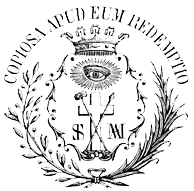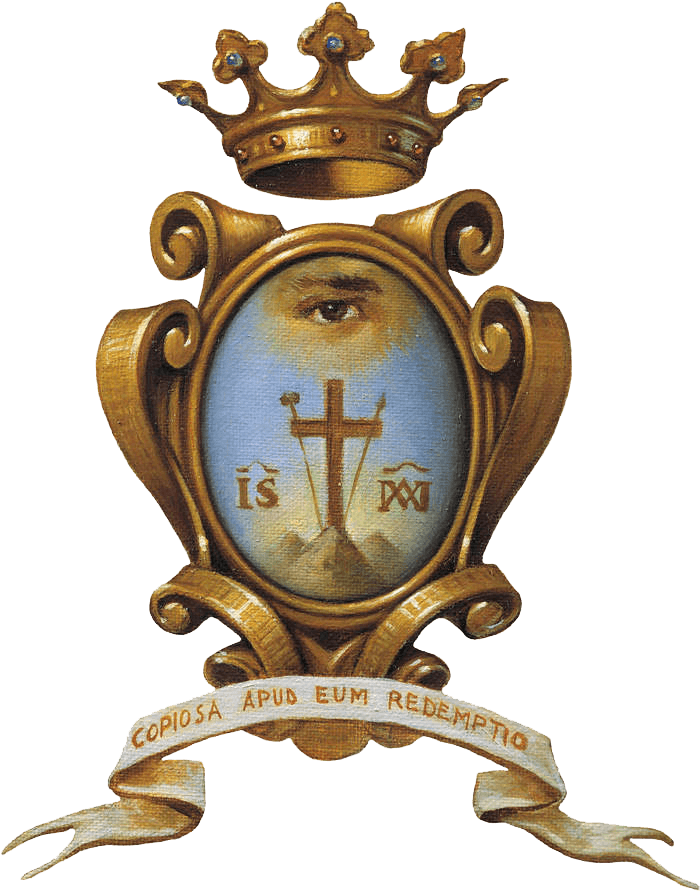Moved by compassion for the poor, especially those living in the country districts, who at that time formed a considerable section of the population, St. Alphonsus Maria de Liguori, in the year 1732, at Scala in the Kingdom of Naples, founded the Congregation of Missionaries of the Most Holy Savior. Afterwards (1749), it came to be called the Congregation of Missionaries of the Most Holy Redeemer.
These missionaries, after the example of the Redeemer himself, were to preach the Gospel to the poor: “He sent me to preach the Gospel to the poor” (Luke 4,18).
Alphonsus, with his companions, among whom St. Gerard Majella was outstanding, strove to come to the relief of the spiritual needs, at that time, of the poor of the country districts. These he sought to assist, especially by means of missions, spiritual exercises and renewals, after the manner of St. Paul (Acts 15,36).
But he felt an ardent desire, too, to preach the Gospel to non-Christians in Africa and Asia, as he often wrote in his letters, and to Christians separated from the Catholic Church, as for example, the Nestorians living in Mesopotamia. He took pains to en-kindle this apostolic zeal in his sons, proposing in the Constitutions a special vow obliging them to preach the Gospel to non-believers (1743). This vow however was suppressed in Rome by those who revised them.
Alphonsus could never be shaken in the belief that his Congregation, under the protection of the Most Blessed Virgin Mary, would labor vigorously together with the Church in the task of winning the world for Christ.
Hence, with all his might he exerted himself to secure the spread of the Congregation. He sought to give it interior strength by means of a vow of perseverance (1740) and simple vows. He strove to have it officially recognized by the supreme authority of the Church. In this last he finally succeeded when the Supreme Pontiff, Benedict XIV, on the 25th of February, 1749, solemnly approved both the Institute and it Constitutions and Rule.
From that time onward the confreres took simple vows recognized by pontifical authority. With the apostolic constitution “Conditae a Christo” of Pope Leo XIII (8 Dec. 1900), these simple vows obtained the character of public religious vows.
Due in a special way to the untiring zeal of St. Clement Mary Hofbauer († 1820), “a man with a wonderful strength of faith and possessed of the virtue of invincible constancy,” our Congregation spread beyond the Alps where it found new fields for its apostolic zeal. There also, with the assent of St. Alphonsus, who was informed of the matter, it adopted new missionary methods.
By degrees,
 the Congregation began to expand through the regions of Europe and from there, due to the enterprise of Father Amand Joseph Passerat († 1858), it crossed the ocean and extended through the Americas where it found an energetic apostle in St. John Nepomucene Neumann. It spread through other regions as well, till at last its boundaries extended to the limits of the world itself.
the Congregation began to expand through the regions of Europe and from there, due to the enterprise of Father Amand Joseph Passerat († 1858), it crossed the ocean and extended through the Americas where it found an energetic apostle in St. John Nepomucene Neumann. It spread through other regions as well, till at last its boundaries extended to the limits of the world itself.
In this way the Congregation of the Most Holy Redeemer gradually entered different fields of apostolic activity, devoting itself to missionary work among the faithful, among non-Christians and those separated from the Catholic Church.
Urged on by the same missionary spirit, it fosters, too, the scientific study of pastoral practice, thus following in the steps of St. Alphonsus who, in 1871, was declared a Doctor of the Church and, in 1950, the Patron of all Confessors and Moralists. It aims also to propose a way, suited to the changing conditions of our times, that gives sure guidance in responding to the Gospel and acquiring Christina perfection.
All the members, therefore, striving to carry on the missionary work of the Most Holy Redeemer and the apostles, put forth their most earnest efforts to preserve the spirit of their holy founder, Alphonsus. They ever identify themselves with the energetic missionary activity of the Church, especially in everything that has reference to the poor, and devote all their powers to relieving the needs of the world today.
– From the Constitutions and Statues

